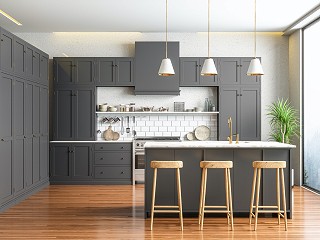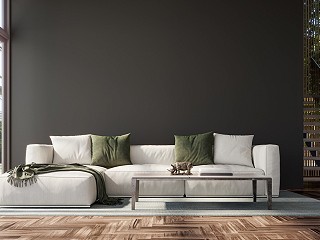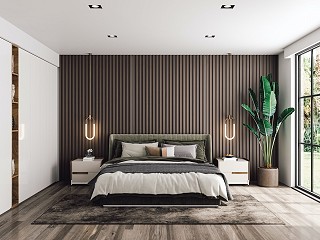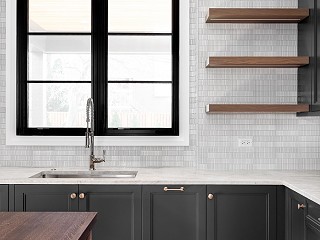The Home Building Revolution
How the Design-Build process brings precision, accountability, and cost-effectiveness to construction.
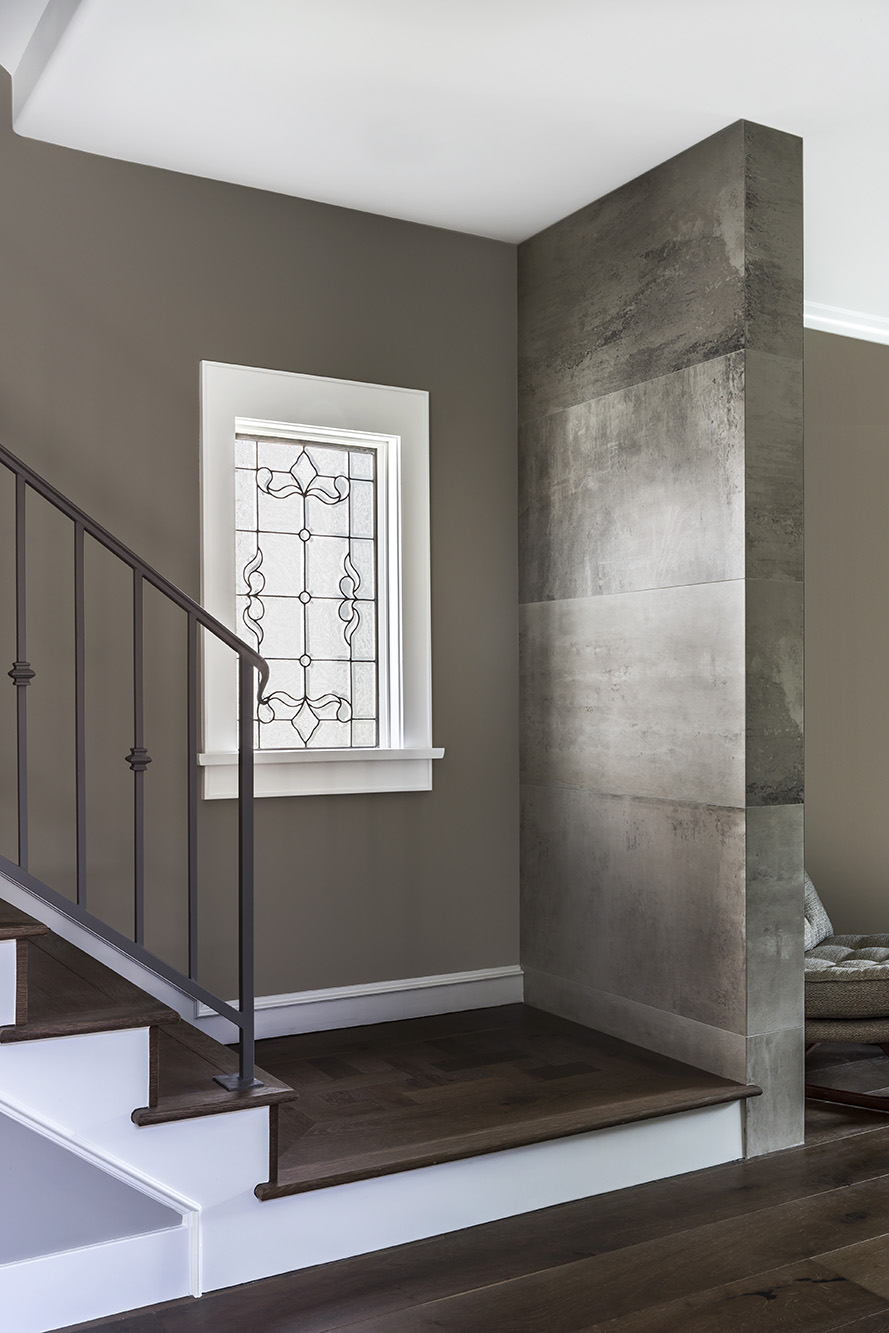
Who hasn’t heard a horror story of a home remodel or construction project going awry? A project kicks off with a promising design and tremendous excitement. But something happens. Budgets go far beyond expectations, and the homeowner-contractor relationship sours, replaced by stress and worry. A dream home begins to feel like a nightmare.
It doesn’t have to be this way. There’s a healthier process for designing, budgeting, and building your dream home. A process born out of modern design, planning, and estimation practices that are more commonly found in large scale construction projects like hospitals, schools, and office buildings. It’s called Design-Build and it’s revolutionizing how fine home construction and remodels achieve success. First, some background.
Let’s Bid Farewell to Bidding
Run-of-the-mill homebuilding—the kind that’s more prone to run into design issues and cost and time overruns—uses the Design-Bid-Build process. Here’s how it works:
- The homeowners hire an architect who creates a design for the intended building or remodel.
- The design is bid out to contractors for an estimate.
- A contractor is then chosen who will build out the project using a number of sub-contractors.
The process seems straightforward, but Design-Bid-Build has significant shortcomings. With Design-Bid-Build, homeowners may experience:
- Longer project times due to the additional bidding phase
- Cost overruns and delays due to the absence of a single point of oversight
- Lack of flexibility in improving a design
- Little to no communication between design and build teams
- Poor consideration of the final material and labor costs
- Increased liability due to the large number of participants in the project
Design-Build: Crossing Boundaries
Design-Build is far more than simply dropping the bidding stage from a project. Instead, Design-Build is about integrating a project’s design and build phases so that a home builder can inform design decisions early on, fundamentally streamlining and strengthening the entire project. With Design-Build, for example, the design draws on the builder’s experience with materials and their suitability and longevity. Highly accurate cost estimates are yet another hallmark of the Design-Build process, allowing homeowners to see exact costs for various design options and weigh their decisions based not on tentative numbers and promises, but on assurances based on facts, measurements, and solid forecasting.

Design-Build For The Win
Let’s examine important determinents of a project’s success, and how Design-Build excels in each of these areas.
Single Point of Contact
With Design-Build professionals there’s always a single point of contact for any questions a homeowner may have. No more battling for answers from an architect and contractor (who may point fingers at the other), and no listening to excuses or possible remedies. The result is a less stressful project, and less liability for the homeowner.
Honest Costs, Greater Flexibility
By considering all material and labor costs from day one—as well as through every decision and revision—a Design-Build professional can accurately forecast construction costs. Eliminating cost overruns not only eliminates frustrations for the homeowner, it removes the possibility of having to down-scale plans in one area in order to make up shortfalls in others. Instead, a well-conceived plan can be carried out as intended. What’s more, an accurate, running estimate of a project’s costs allows for a greater exploration of design options. For example, an alternate choice of materials might result in a cost savings that can be applied elsewhere, perhaps in a design feature that a traditional Design-Bid-Build project would be unable to foresee.
You Get What You Pay For
With Design-Bid-Build, contractors will often low-ball their costs when estimating a project—mainly to come in under the competition and secure the work. There’s nothing particularly nefarious about the practice—its a necessity built into the bidding process and homeowners’ desire to find the most bang for their buck. But here’s what happens to that winning bid. The contractor has two options: 1) coming back to the homeowner to ask for more funds later in the project, thereby making up for the shortfall in initial funding, or 2) using subcontractors willing to complete a project at a cut-rate cost. And cut-rate subcontractors aren’t exactly synonmous with fine home building or remodeling.
In contrast, the best Design-Bid professionals have long-running relationships with craftsmen in a variety of fields, whether they’re electricians, plumbers, roofers, or experts in tile, flooring, or difficult architectural detailing. Because a Design-Build professional is also the single point of contact for a project, their reputation rests on the quality of the craftsmen in their employ. With Design-Build, it’s all about long-lasting relationships between builders and craftsmen. Only then can true artistry become an integral feature of the completed work.
Using What You Have
Design-Build professionals take the time to thoroughly assess an existing property and identify what elements can be salvaged and re-used. Existing framing, roof, ceiling and other elements are examined for their continued longevity and applicability in a new design. This saves significant time and cost over the life of a project. It’s another example of how bringing a builder into the beginning of a design process can lead to cost savings that can, in turn, be put to better use with other features of a fine home.
Planning Makes Perfect
Top Design-Build home builders map out every detail of a fine home’s construction or remodel, right down to the length and number of tiles in a kitchen or how a flooring joint will end against a wall. It’s more than visual perfectionism. These calculations, made early on, allow a project to come together with fewer mistakes. Eliminating potential mistakes results in faster, more accurate, construction—something homeowner and homebuilders appreciate. This level of meticulous pre-construction planning allows the vision for the home be carried through to completion.


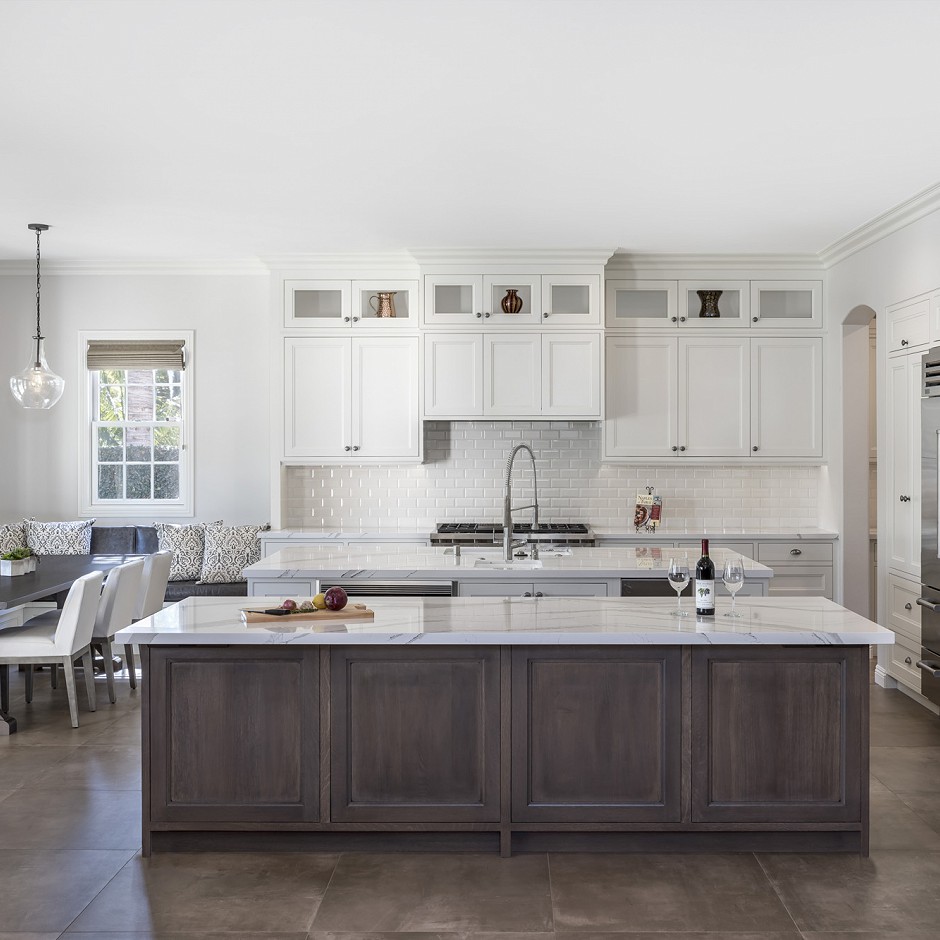
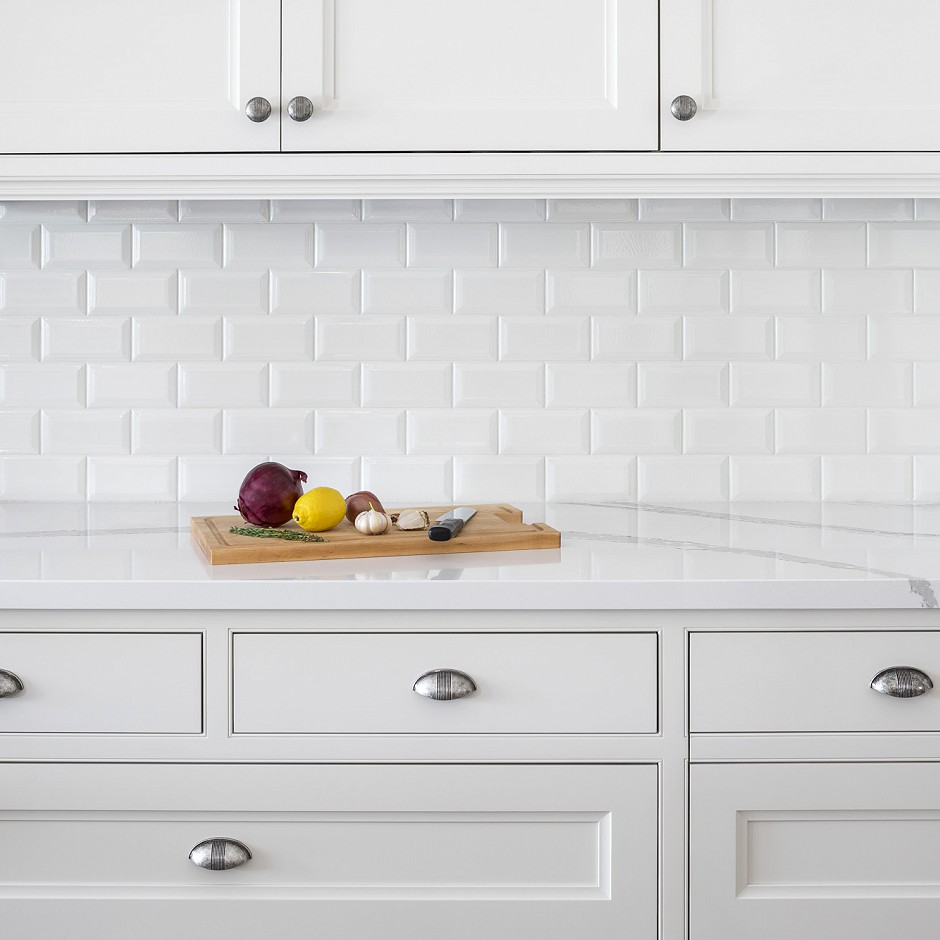
Knowledge Is Power
Not ever professional homebuilder is an expert at the Design-Build process. As we’ve seen, Design-Build is about much more than removing the bidding process and the inefficiencies that come with it. If you’re about to start on a project and are evaluating builders, be sure to ask them the following questions:
- What software systems do you have in place to ensure a project stays on time and on budget?
- Do you use CAD software to create floor plans? (This can be a good indicator of the level of planning used, as well as how closely a builder will be able to adhere to any estimates).
- Who will be on the build site, every day, to supervise the project and to answer questions?
- Who are your preferred vendors and how can I see examples of their craftsmanship?
If your builder’s answers are vague, if they delegate responsibility to others, or if they lack confidence-inspiring specifics, then you’ll likely have a less than stellar experience with your home remodel. But remember: you have a choice. Seek out professional builders who successfully employ the Design-Build approach on all their projects. With a Design-Build professional, you’ll not only enjoy the benefits of a more efficient, cost-effective and quality-focused approach to homebuilding, you’ll also gain a home designed from the start to last for generations.
Fine Home Building with October 5
Each month in OCTOBER 5 STORIES, we publish an illuminating article on one of the many facets of designing and building a fine home. Choose from the articles below.
Client Expectations ›
Every project has two clients: the homeowner and the building. Recognizing that both parties possess unspoken expectations of our Design/Build team, you may ask, “When does October 5’s focus shift from one client to the other?“
Which Construction Contract is Right for My Project? ›
While Guaranteed Maximum Price Contracts have always been our go-to method of engagement, there are times when circumstances require a different solution.
The Importance of Balance and Symmetry ›
The proper use of balance and symmetry turns ordinary projects into extraordinary homes. Learn what steps all fine home builders should take to reduce the unbearable noise generated by imperfection.
Subtraction In Action ›
Learn more about the practical, real-world improvements the process of subtraction can lend to your remodel or fine home construction. We’ll look at lighting, textures, and much more.
Cutting Through The Clutter ›
Incorporating subtractive thinking into the design process enables fine home builders to create a home imbued with a sense of calm and purpose from the start.
The Home Building Revolution ›
There’s a healthier process for designing, budgeting, and building your dream home. It’s called Design-Build and it’s revolutionizing how fine home construction and remodels achieve success.
